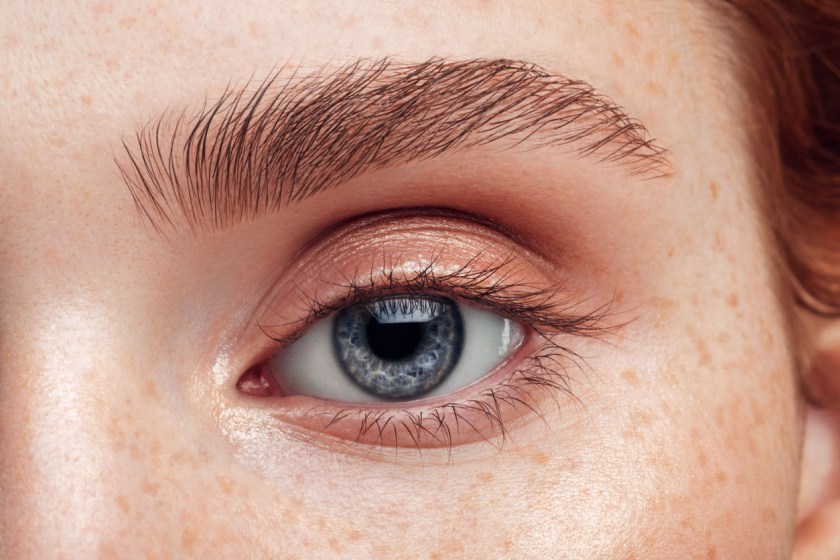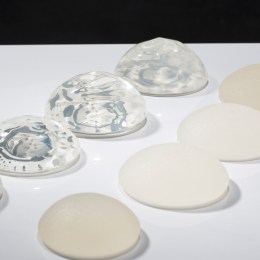Studies have just emerged that suggest orbital complications could be caused by dermal filler migration to the eye area months or even years after filler is injected.
Findings were presented at this month’s annual American Society Of Ophthalmic Plastic And Reconstructive Surgery during an aesthetics session hosted by authors Morris Hartstein, Shirin Hamed Azzam, Daniel Briscoe and Cat Burkat.
“With the rise of injectable dermal hyaluronic acid fillers, migration of fillers into the orbit from other remote injection areas in the face may occur months to years later, presenting as a new orbital mass or chemosis,” said co-author Cat Burkat, MD.
The study presented was a retrospective review of four patients who underwent HA filler injection to the face with subsequent orbital complications.
In one case, a 65 year-old female received HA filler injection to the nasolabial folds. Two months later, she presented with progressive swelling of the right lids, and a CT scan showed a large mass in the inferior orbit. The patient underwent excisional biopsy which revealed a large foreign body reaction.
In another, a 47 year-old female underwent filler injections to the nasolabial folds, cheeks and tear troughs, and developed a sudden inability to adduct the right eye. A Neuroophthalmology consult felt this was a partial third nerve palsy that was filler-related. The ophthalmoplegia did not improve after 10 months and therefore strabismus surgery was performed.
A third study was of a 67 year-old female patient who received lateral brow and forehead fillers, and one year later a CT scan showed a mass in the right anterior orbit. The mass was surgically removed, and revealed liquid mass consistent with filler.
“Physicians should be aware of the possibility that facial muscle movement, gravity or aggressive massage may lead to migration of hyaluronic acid fillers into the orbit,” said Burkat.
Authors conclude that since filler sites may be a long way from the site of orbital complications, and perhaps months prior to experiencing problems, patients may not ever make the connection between the two. Therefore, fillers should always be considered in the differential diagnosis of patients presenting with new onset orbital disease.





